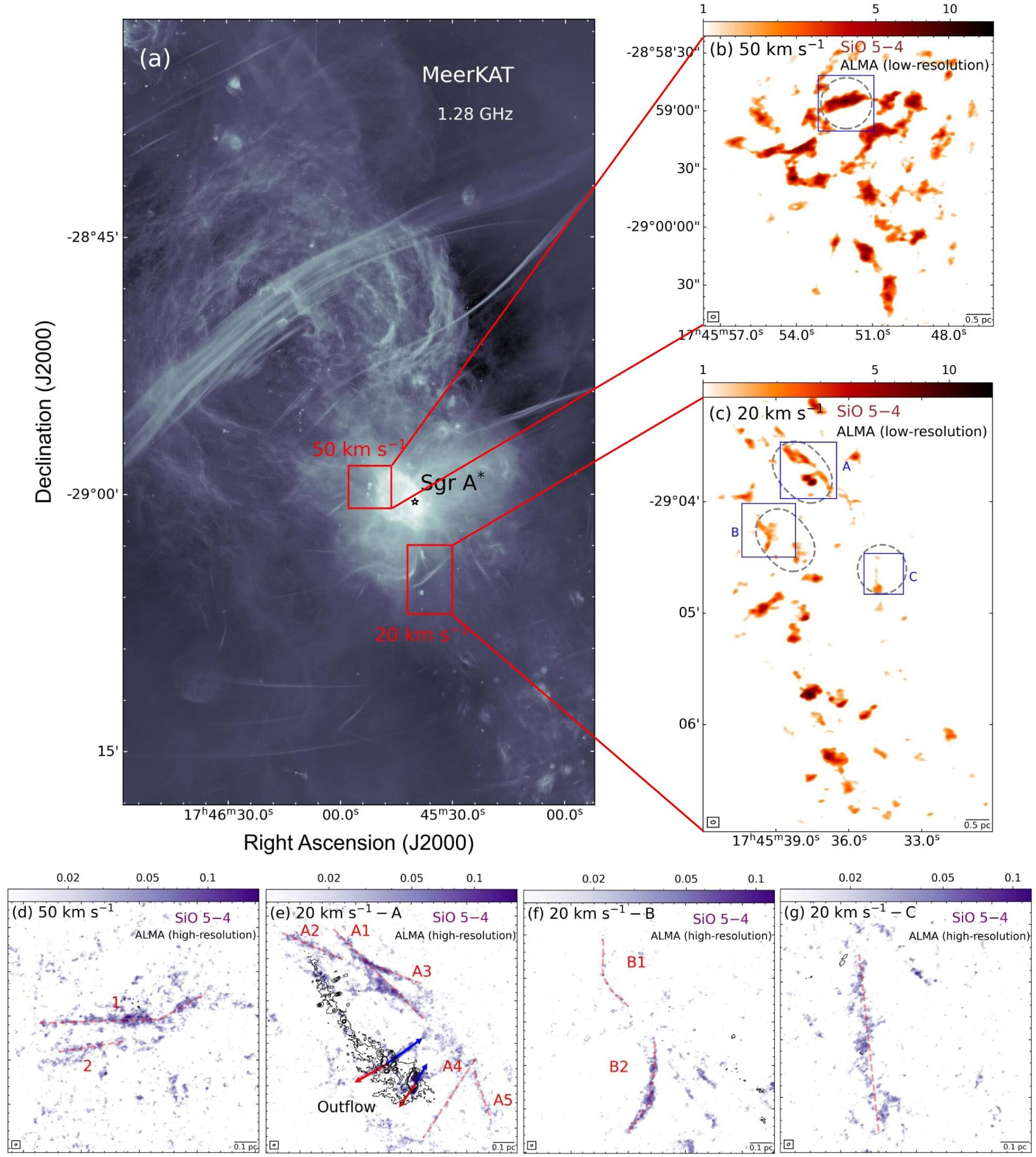Amazon is killing its “Do Not Send Voice Recordings” privacy feature on March 28 as the company aims to bolster Alexa+, its new subscription assistant.



Swirling through the Milky Way’s central zone, in the turbulent region surrounding the supermassive black hole at the core of our galaxy, dust and gases constantly churn as energetic shock waves ripple throughout. An international team of astronomers using the Atacama Large Millimeter/submillimeter Array (ALMA) have sharpened our view of this action by a factor of 100, discovering a surprising new filamentary structure in this mysterious region of space.


IINA provides ongoing analysis of international affairs both by region—such as North America, China, and Europe—and by such topics as human security, nontraditional security threats, and cyber security. The articles on this site, written by experts at the Sasakawa Peace Foundation and guest contributors, are carefully selected for their objectivity, accuracy, timeliness, and relevance for Japan.

IINA provides ongoing analysis of international affairs both by region—such as North America, China, and Europe—and by such topics as human security, nontraditional security threats, and cyber security. The articles on this site, written by experts at the Sasakawa Peace Foundation and guest contributors, are carefully selected for their objectivity, accuracy, timeliness, and relevance for Japan.
IINA provides ongoing analysis of international affairs both by region—such as North America, China, and Europe—and by such topics as human security, nontraditional security threats, and cyber security. The articles on this site, written by experts at the Sasakawa Peace Foundation and guest contributors, are carefully selected for their objectivity, accuracy, timeliness, and relevance for Japan.

IINA provides ongoing analysis of international affairs both by region—such as North America, China, and Europe—and by such topics as human security, nontraditional security threats, and cyber security. The articles on this site, written by experts at the Sasakawa Peace Foundation and guest contributors, are carefully selected for their objectivity, accuracy, timeliness, and relevance for Japan.

IINA provides ongoing analysis of international affairs both by region—such as North America, China, and Europe—and by such topics as human security, nontraditional security threats, and cyber security. The articles on this site, written by experts at the Sasakawa Peace Foundation and guest contributors, are carefully selected for their objectivity, accuracy, timeliness, and relevance for Japan.

IINA provides ongoing analysis of international affairs both by region—such as North America, China, and Europe—and by such topics as human security, nontraditional security threats, and cyber security. The articles on this site, written by experts at the Sasakawa Peace Foundation and guest contributors, are carefully selected for their objectivity, accuracy, timeliness, and relevance for Japan.

IINA provides ongoing analysis of international affairs both by region—such as North America, China, and Europe—and by such topics as human security, nontraditional security threats, and cyber security. The articles on this site, written by experts at the Sasakawa Peace Foundation and guest contributors, are carefully selected for their objectivity, accuracy, timeliness, and relevance for Japan.